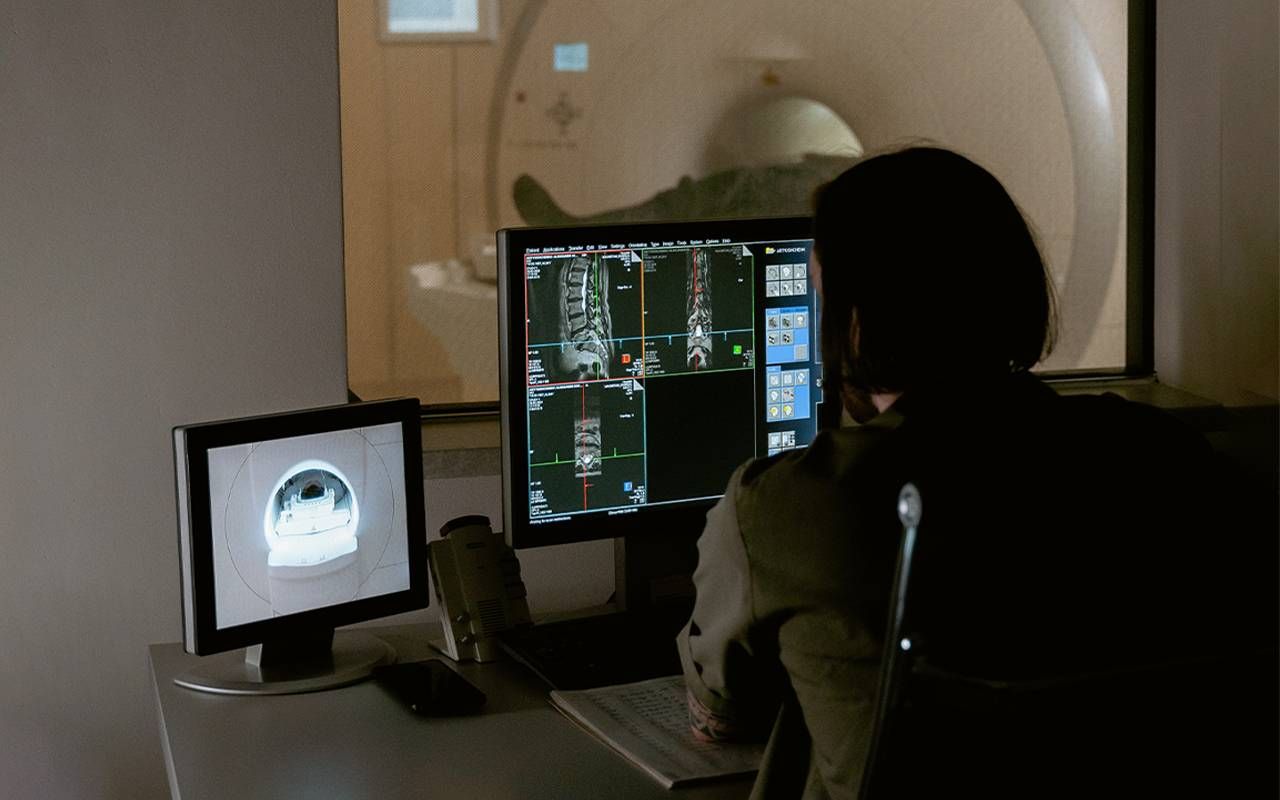What to Know After Being Diagnosed with Multiple Sclerosis
Although a chronic autoimmune condition, there are various ways to cope with MS
In learning about multiple sclerosis (MS), it is vital to understand the myelin sheath, a protective tissue layer surrounding the spinal cord and the brain, and its function in this type of autoimmune disease.
When MS attacks the myelin sheath, it causes inflammation and lesions that disrupt the signals the brain sends to the rest of the body.

But First, What Is MS?
Multiple sclerosis (MS) is an autoimmune condition that attacks the body's central nervous system (CNS), affecting the brain, spinal cord, optic nerves, and specifically the myelin sheath.
If untreated, MS can cause permanent damage and disability, and while there are medications to prevent and treat MS's repercussions, unfortunately, there is no cure.
There are four types of MS with different signs and symptoms depending on the lesion's location and damage's extent. There could also be a prolonged amount of time without symptoms; symptoms may appear and often disappear (also known as relapses and exacerbations), or some can permanently lose their function in a precise body area.
Symptoms of relapsing may include mild sensory changes such as numbness or tingling in the limbs to more severe changes such as loss of vision or balance. A few other common symptoms of MS include:
- Vision problems
- Weakness
- Fatigue
- Numbness or tingling in the face or body
- Difficulty walking
- Muscle spasms and stiffness
- Incontinence
- Depression
Who Is At Risk?
MS is three times more prevalent among women than men and more common in people of northern European descent.
Today, around one million people in the United States have been diagnosed with MS; most are diagnosed earlier (at approximately 20-50 years old), but it can develop in childhood too.
MS is three times more prevalent among women than men and more common among people of northern European descent. However, other ethnic groups such as African Americans, Asians, and people of Hispanic descent are also at risk of developing MS.
Although not a genetic condition, research has shown that an individual's genetics may play a factor. Low vitamin D levels, obesity, and smoking have also been shown to be risk factors.
Diagnosis
Several causes, criteria, and symptoms of MS must be ruled out first for its diagnosis, mainly because there is no particular test. However, MS leaves spinal cord and brain lesions visible in magnetic resonance imaging (MRI).
MS requires three findings for its diagnosis:
1. Two separate lesions in the CNS that occur in different places
2. The two lesions must have happened on two separate dates
3. All other possible causes must be ruled out
Types of MS
Although there is no way to predict the disease's progress and effect on the nervous system, these are the four basic types that drive its advancement:
- Clinically isolated syndrome (CIS), or the first episode of an MS lesion where the symptoms last for at least 24 hours. With CIS, it may be an isolated event and not develop into actual MS. Therefore, the lesions caused are not always caught on an MRI.
- Relapsing-remitting MS (RRMS), or when the disease attacks with new or increasing symptoms, remissions, or total or partial recovery (also defined as active, not active, worsening, or not worsening). 85% of people with MS are diagnosed with RRMS making it the most common type of the four.
- Primary progressive MS (PPMS) includes a worsening disability from the initial symptoms to remissions and relapses. Only 15% of individuals with MS are diagnosed with this type.
- Secondary Progressive MS (SPMS) can transition into SPMS, where the progression of the disease worsens neurological disability. SPMS is defined as active, not active, progressing, or not progressing.
MS is a chronic autoimmune disease that affects everyone differently.
Many medical care options for MS vary based on their type, including medication, weekly injections, self-injections, or infusion treatment. Your doctor may treat relapsed MS with steroid treatments, but it might not help long-term.
In addition, rehabilitation programs can be used soon after an attack to prevent mobility loss and promote faster healing. Also, physical therapists, speech pathologists, and occupational therapists can help with day-to-day activities. However, more research is required to find other adequate treatment options.
Complications from MS
MS can cause permanent damage and, therefore, lifelong complications. For example, some symptoms may involve permanent loss of mobility, incontinence, and weakness. Likewise, people with MS may be at increased risk for arthritis, depression, and anxiety.
Falls and developing fractures or head trauma are also common if the person's mobility is impacted. Sadly, because MS can hurt any body part, it is difficult to determine its severity and long-term consequences.
MS is a chronic autoimmune disease that affects everyone differently. To date, multiple medications can be taken to help prevent MS attacks and help reduce their symptoms.
Living with MS may be difficult, but there are support groups that can help share everyday experiences, give education and provide emotional support.

